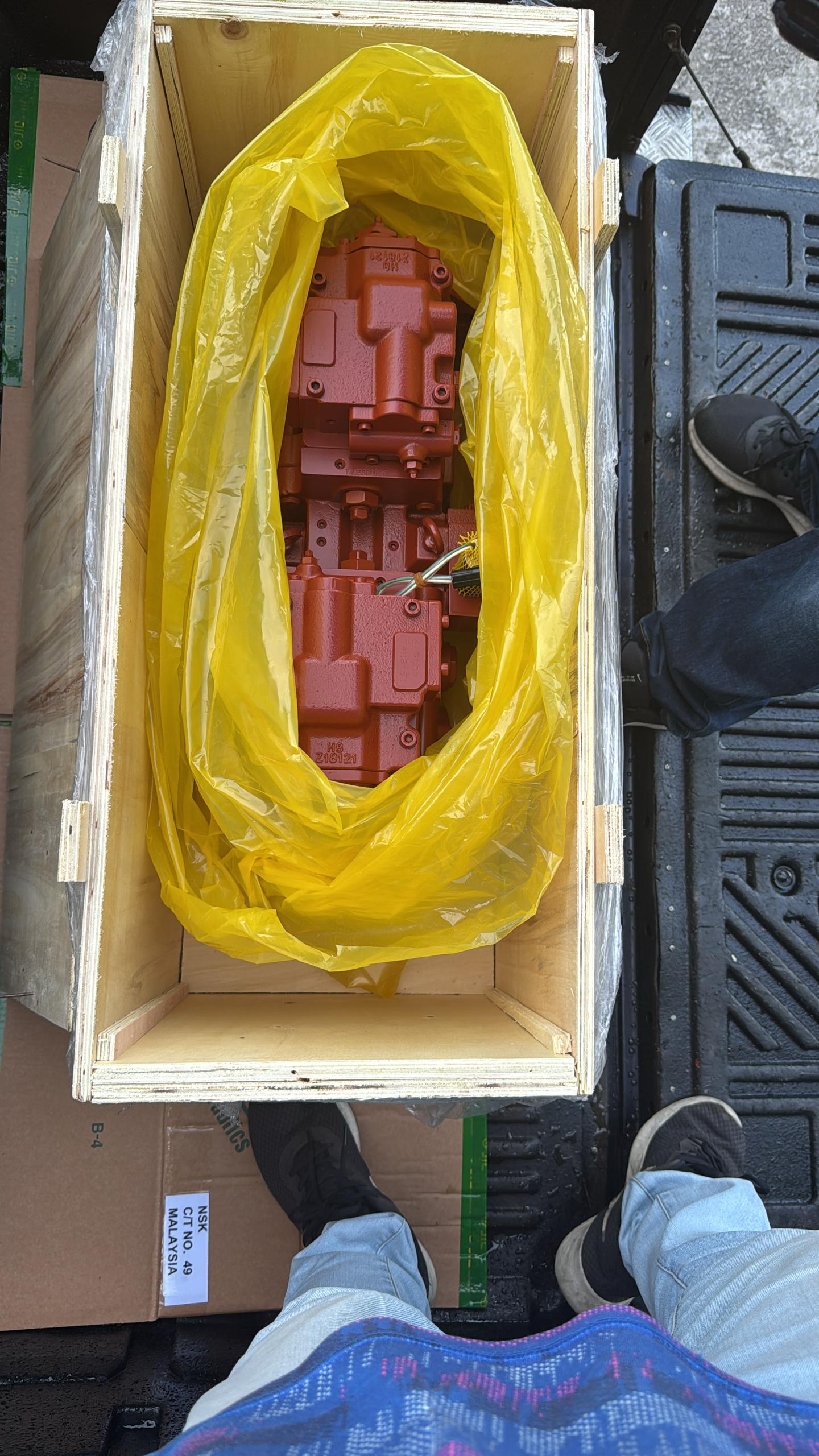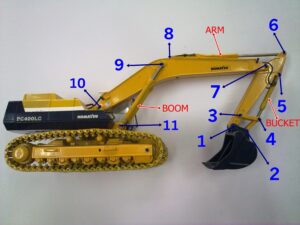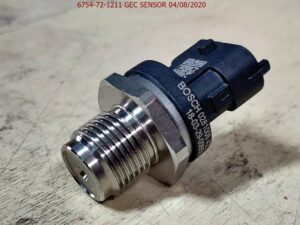The main pump in an excavator is a vital component of the hydraulic system, responsible for generating the hydraulic pressure needed to power the machine’s various functions. Here are five key functions of an excavator main pump:
- Hydraulic Pressure Generation: The primary function of the main pump is to generate hydraulic pressure. This pressure is essential for powering various hydraulic actuators and components of the excavator, such as the boom, arm, bucket, and swing mechanisms.
- Flow Provision: The main pump provides a continuous flow of hydraulic fluid to the hydraulic circuits. This flow is necessary for the smooth and controlled operation of the excavator’s hydraulic functions, including lifting, digging, and moving.
- Powering Hydraulic Functions: The hydraulic pressure generated by the main pump drives the hydraulic cylinders and motors that control the movement of the excavator’s boom, arm, bucket, and other attachments. This enables the machine to perform tasks such as digging, lifting, and placing materials.
- Variable Displacement Control: Many modern excavators have variable displacement pumps, where the main pump can adjust its displacement based on the load and operational needs. This function allows for efficient use of hydraulic power by varying the flow and pressure according to the demands of different tasks.
- System Efficiency and Responsiveness: The main pump contributes to the overall efficiency and responsiveness of the excavator’s hydraulic system. By providing the necessary hydraulic pressure and flow, it ensures that the machine can perform its functions effectively and respond quickly to operator inputs.
These functions are critical for the effective operation of an excavator, enabling it to carry out a wide range of tasks with precision and power.




